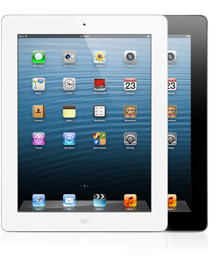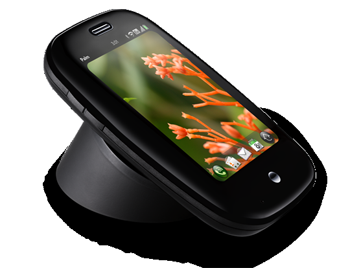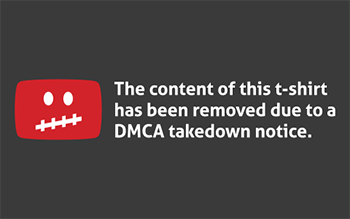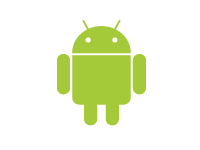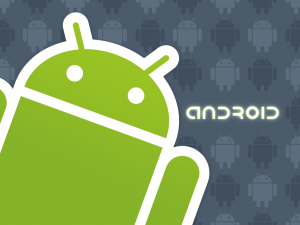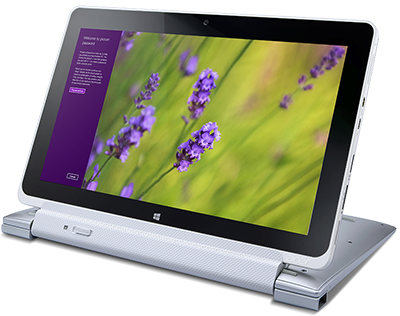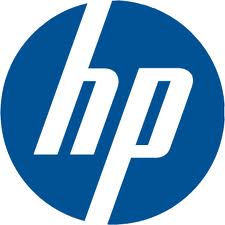 On Oct. 3, Hewlett-Packard CEO Meg Whitman will give analysts her strategy for restoring the battered tech giant. A close look at the company’s financials and its business suggests that it has the strengths to stay around for a long time. But years of boardroom drama have taken a heavy toll that make it difficult for the company to return to industry leadership.
On Oct. 3, Hewlett-Packard CEO Meg Whitman will give analysts her strategy for restoring the battered tech giant. A close look at the company’s financials and its business suggests that it has the strengths to stay around for a long time. But years of boardroom drama have taken a heavy toll that make it difficult for the company to return to industry leadership.
How does HP make its money? As the table below shows, more than half its revenues come from personal systems, primarily Windows desktops and laptops for consumers and businesses, and from imaging and printing, a line of business ranging from $50 inkjets to Indigo presses for commercial printing. Services, largely enterprise systems integration and outsourcing, contribute about 28%, and enterprise servers, storage, networking, and software most of the rest. The problem is simple: The companies HP wants to be most like are Apple on the consumer side and IBM for enterprise. But the company is that the company it currently most resembles is Dell.
HP 2011 Performance by Sector
|
|
|
|
|
|
|
Net revenue |
Share of sales |
Earnings from operations |
Net margin |
Share of earnings |
| Personal Systems |
39,574 |
30.4% |
2,350 |
5.9% |
15.1% |
| Services |
35,954 |
27.6% |
5,149 |
14.3% |
33.1% |
| Imaging & Printing |
25,783 |
19.8% |
3,973 |
15.4% |
25.6% |
| Enterprise Servers, Storage & Networking |
22,241 |
17.1% |
3,026 |
13.6% |
19.5% |
| Software |
3,217 |
2.5% |
698 |
21.7% |
4.5% |
| Financial services |
3,596 |
2.8% |
348 |
9.7% |
2.2% |
| Total from operations |
130,365 |
100.0% |
15,544 |
11.9% |
100.0% |
A SWOT analysis–strengths, weaknesses, opportunities, threats–is useful for assessing HP’s prospects.
Strengths: For all its recent problems, HP has the most important thing for a company in need of reinvention–a solid financial base. It remains nicely, if not spectacularly, profitable and has strong cash flow. It is the dominant player in its two largest sectors, PCs and printing. It has mastered supply-chain and channel management, It competes on a global scale and enjoys strong worldwide brand recognition.
Weaknesses: Unfortunately for HP, this is a much longer list. The overarching problem is a consequence of endless boardroom turmoil. Mark Hurd replaced a flailing Carly Fiorina. He dramatically improved execution, but at the expense of ruthless cost-cutting that trimmed muscle as well as fat. Hurd’s dramatic ouster was followed by the brief, disastrous tenure of Léo Apotheker. When Whitman was appointed, she took command of a disoriented and badly demoralized company, knocked between post and pillar by ever-changing top-level strategies. Given that, it’s a wonder that HP isn’t in worse shape than it is.
Personal systems is #1 in many of its markets. According to Gartner, HP has been tops in worldwide unit PC volume for five straight years. It beat back a surging Acer, though it is now threatened by a rising Lenovo. The problem is that these are largely commodity markets in which HP’s products offer little differentiation and not a lot of profit. And the question facing the traditional PC business is not whether it will decline, but how quickly.
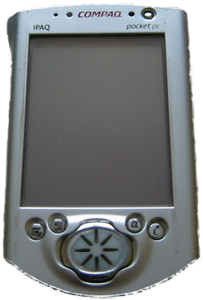 The action is moving to phones and tablets, and HP is not yet a player in either market. HP was a leader in handheld devices in the pre-smartphone era. The Microsoft PocketPC-powered iPAQ, acquired when HP bought Compaq in 2001, was the most successful challenger to Palm in the PDA market. But unlike other PDAs, the iPAQ failed to evolve into a phone and HP was left behind.
The action is moving to phones and tablets, and HP is not yet a player in either market. HP was a leader in handheld devices in the pre-smartphone era. The Microsoft PocketPC-powered iPAQ, acquired when HP bought Compaq in 2001, was the most successful challenger to Palm in the PDA market. But unlike other PDAs, the iPAQ failed to evolve into a phone and HP was left behind.
HP’s 2010 purchase of Palm was supposed to solve two fundamental PSG problems: Its weakness in mobile and its total dependence on Microsoft for critical software. It was a bold plan, and PSG chief Todd Bradley talked bravely of a version of webOS that would run on Windows PCs to give a unified experience across PCs, phones, and tablets. Unfortunately, Apotheker wanted to dump PSG, not invest in it. The webOS operation was tossed in a cell, starved, and ultimately taken out and shot, leaving HP without a dog in the increasingly important mobile fight.
HP’s enterprise businesses–hardware, services, software, and financing–contribute about half of sales and about 60% of profits, but they are hardly industry stars. This years, HP took an $8 billion writedown of its 2008 acquisition of EDS and its 2011 purchase of Autonomy enterprise analytics software–at an $11 billion price that many analysts considered too high–has yet to pay dividends. HP continues to be a pale challenger to industry leader IBM in nearly all enterprise categories and the jury is still out on its challenge to Cisco’s dominance of enterprise routing,
Threats. The failure of the webOS strategy left HP more beholden to Microsoft than ever. HP have a reasonably attractive line of products including Ultrabooks, hybrid tablets with keyboard docks, and straight tablets ready for the Windows 8 launch. For the time being, HP has decided to forgo entering the Windows RT (ARM-based) tablet market infov of Intel-powered Windows 8.
One challenge is that the introduction of the Surface tablets, Microsoft is also becoming a competitor. For HP to get into the mobile game, it needs Windows 8 to make it big, but without Surface becoming the iPad of Windows products. This could end up being a very narrow path.
HP also has to complete its portfolio with a smartphone line. Having blown the webOS opportunity, HP’s only real choices are Windows Phone 8 and Android, and HP’s general Windows-centricity argues for WP8. But once again, that would leave HP at the mercy of Microsoft’s success, and competing as a new entrant against HTC and Nokia, the latter having bet the company on Windows Phone.
The printer business continues to be a cash cow for HP, with sales of high-margin ink and toner providing reliable annuity income streams for some years to come. It’s also true, however, that printing is in a long term secular decline that is likely to accelerate as tablets replace printed documents. This will cut into HP’s sales of generally low-margin printers and hihgly profitable consumables.
HP’s enterprise service business is big and reasonably profitable, but it is concentrated in the relatively low end of the business, such as operations outsourcing, rather than the high-end integration dominated by companies such as IBM and Accenture. HP has to find a way to push its way up the food chain.
Opportunities. The data center switching and routing market is ripe for disruption. HP is pushing its OpenFlow technology hard as a software-based alternative to specialized, dedicated hardware (read Cisco.) HP is right about the direction of technology, but Cisco has read the same tea leaves and has shown itself to be a nimble competitor.
Autonomy was a big play to get into the fast growing but fragmented enterprise analytics market. The high price will limited the return on investment in purely financial terms, but if HP makes it work, it could make the company a much more significant enterprise software player.
HP’s culture—the vaunted “HP Way” created by Dave Packard and Bill Hewitt–has taken horrible blows in recent years. HP Labs, once second only to IBM Research in the industry, has been hollowed out by savage budget cuts and staff reductions. But HP is still an engineering company at heart and retains a great deal of talent waiting to be used effectively. That–not spending cuts, better marketing–is the only real route to HP’s long-term success,
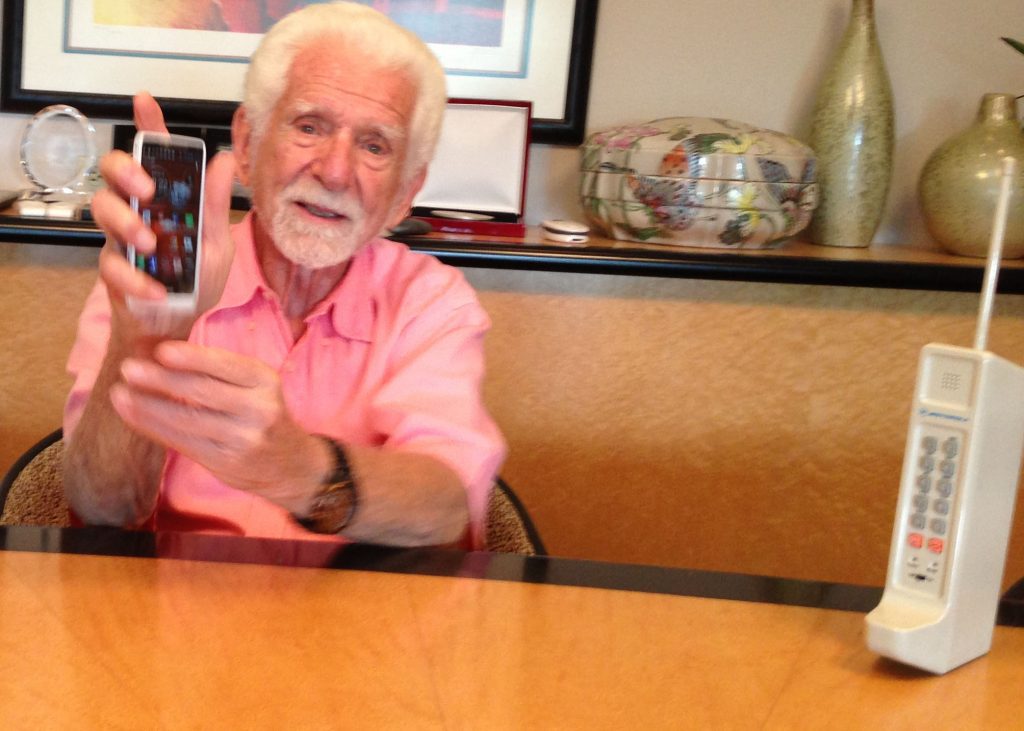
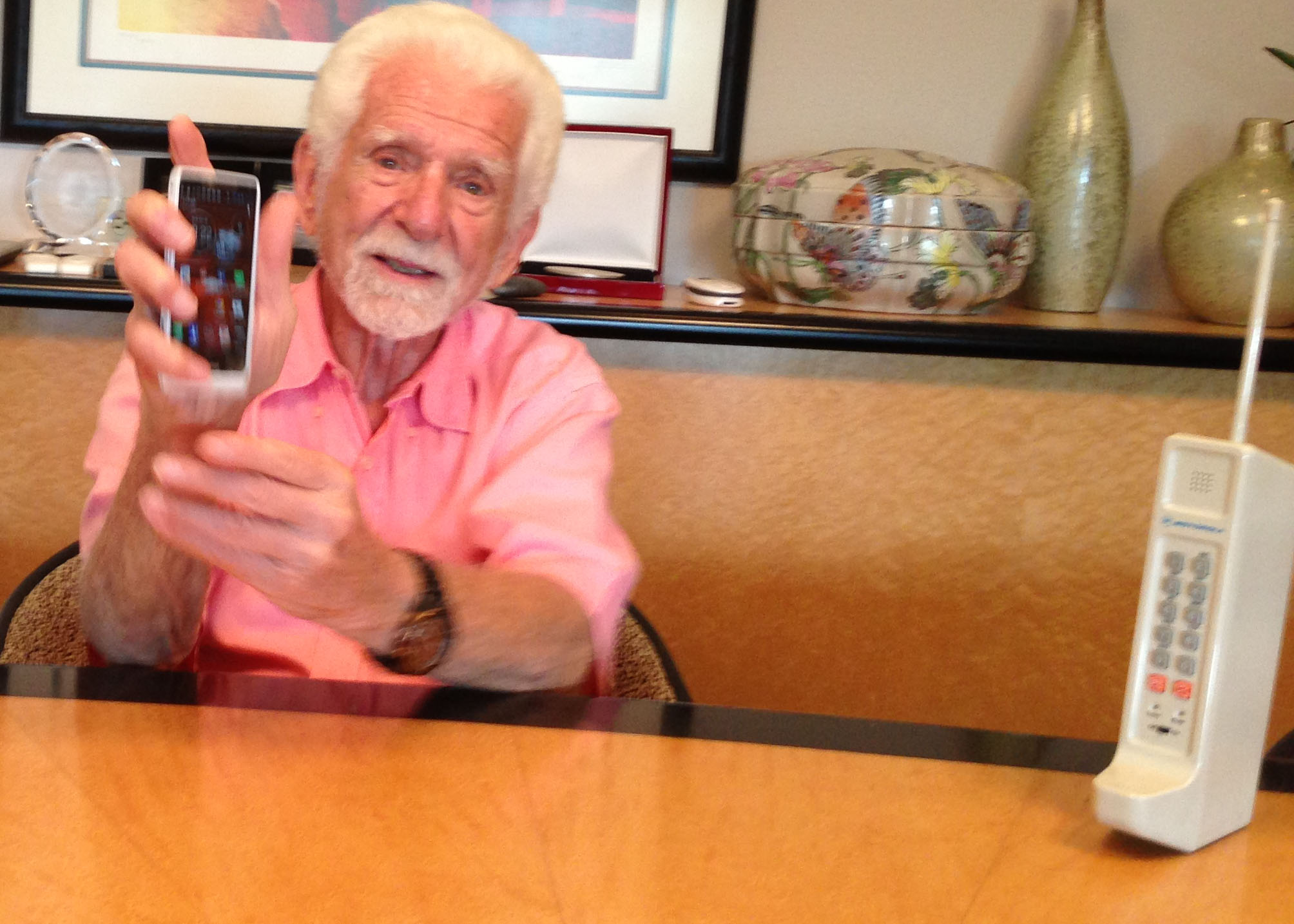





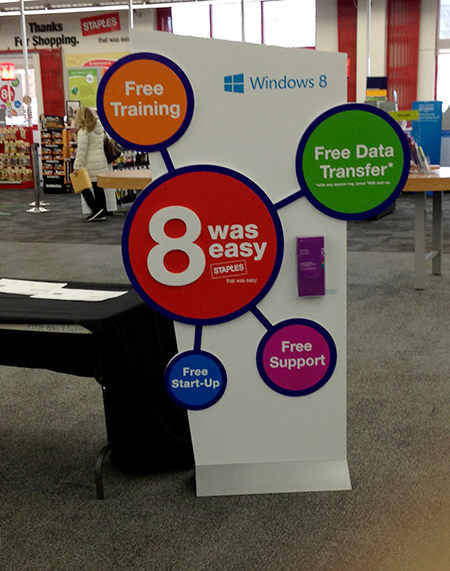


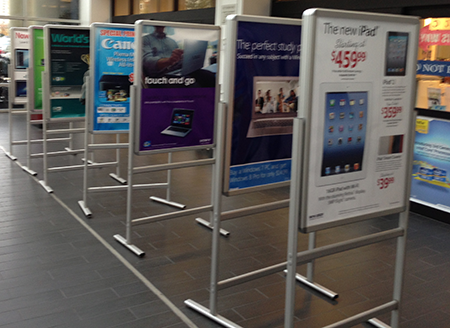
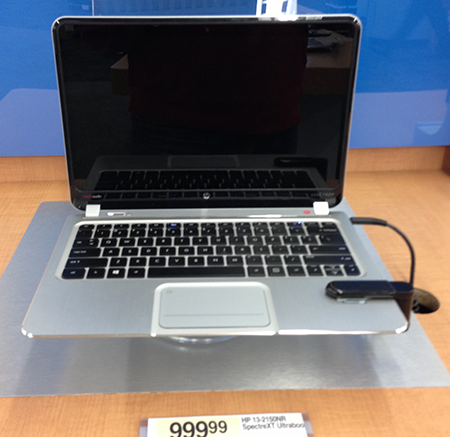

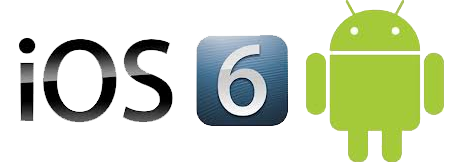



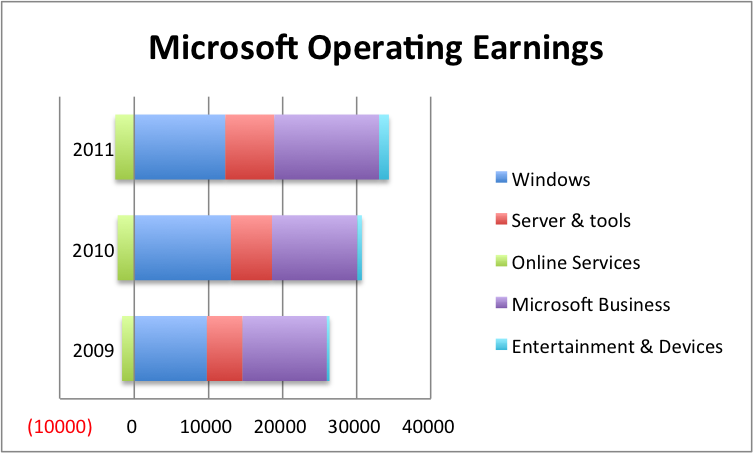


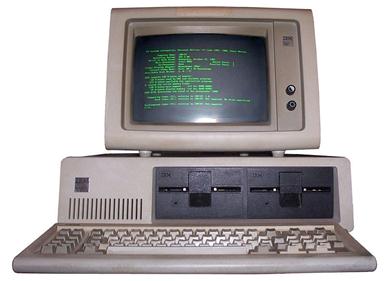
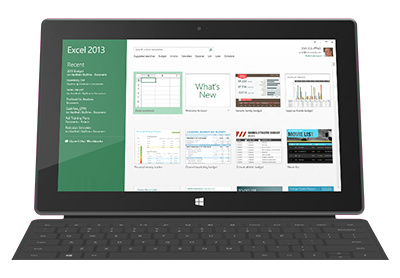
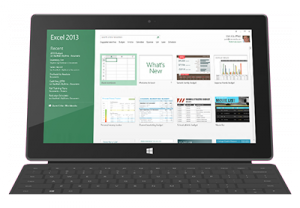





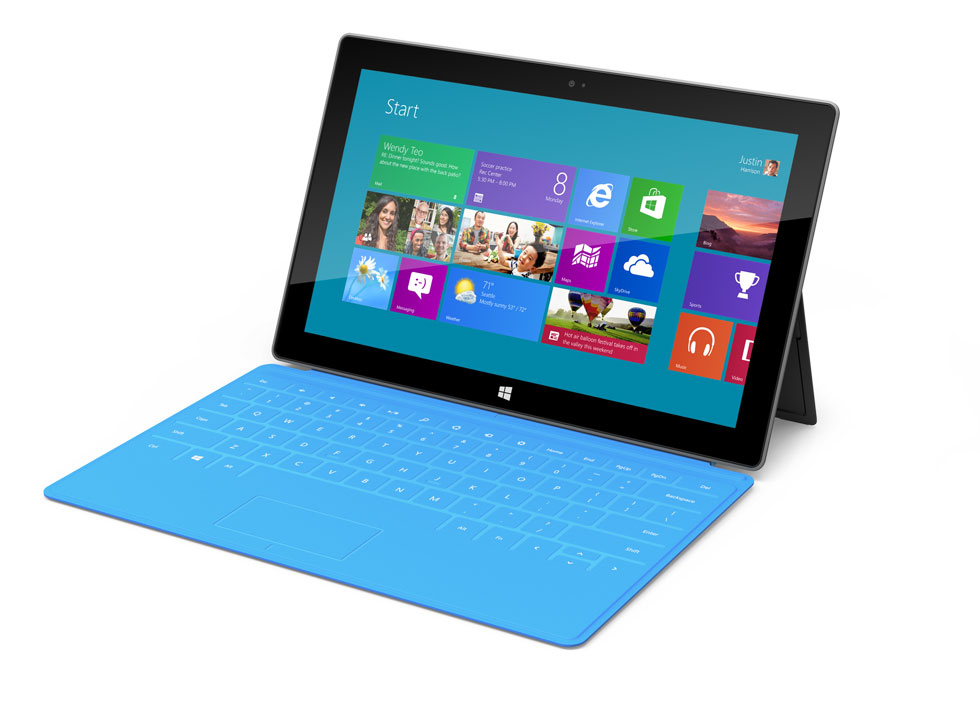
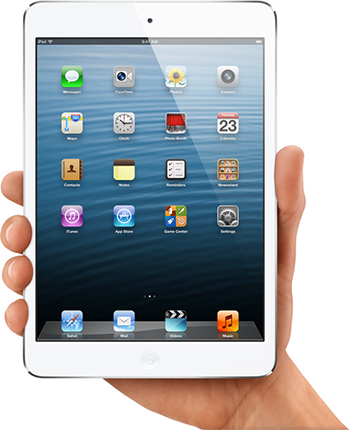


![Why Apple Is Keeping the iPad 2 [UPDATED]](https://techpinions.com/wp-content/uploads/2012/10/ipad_2.jpeg)
